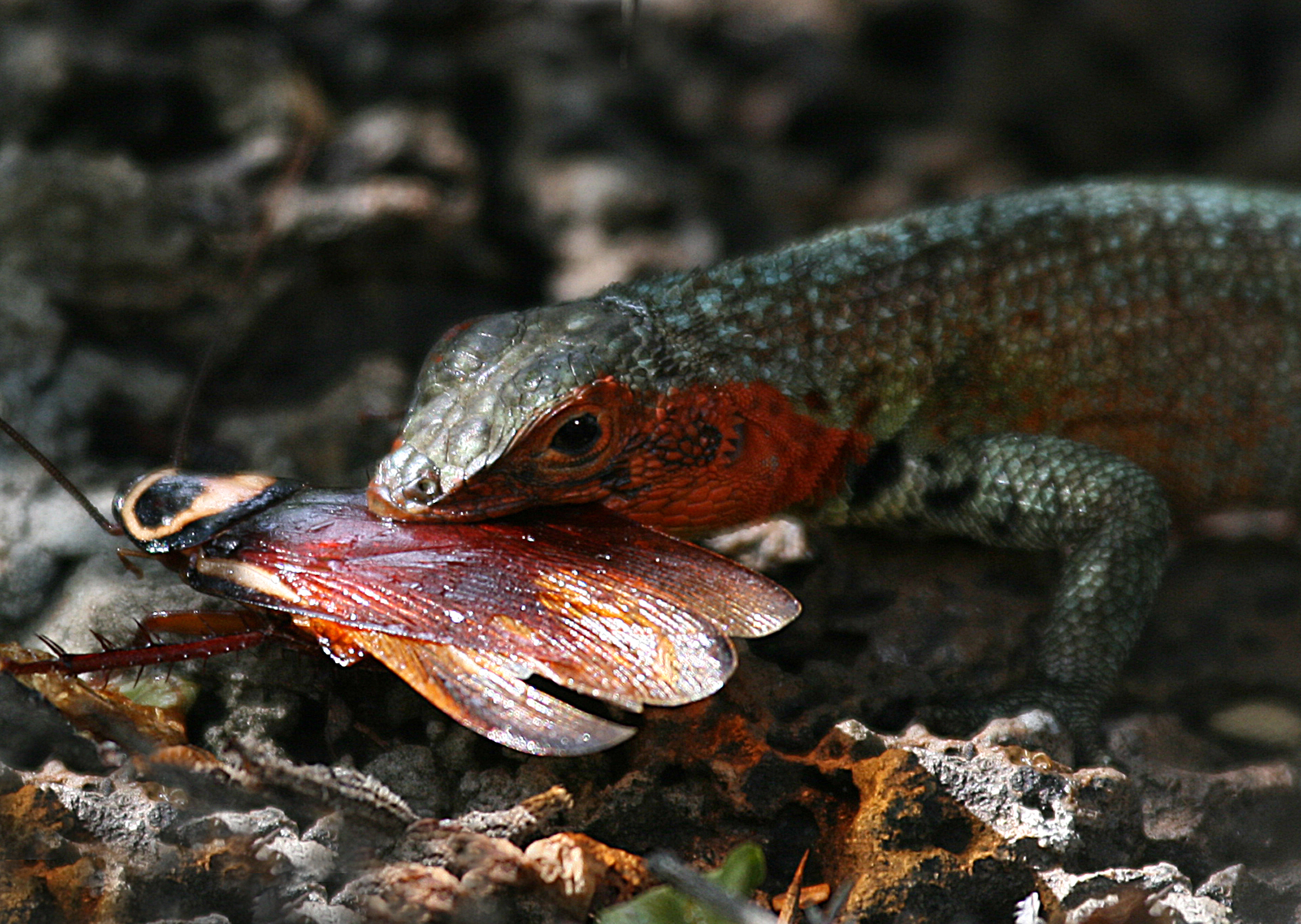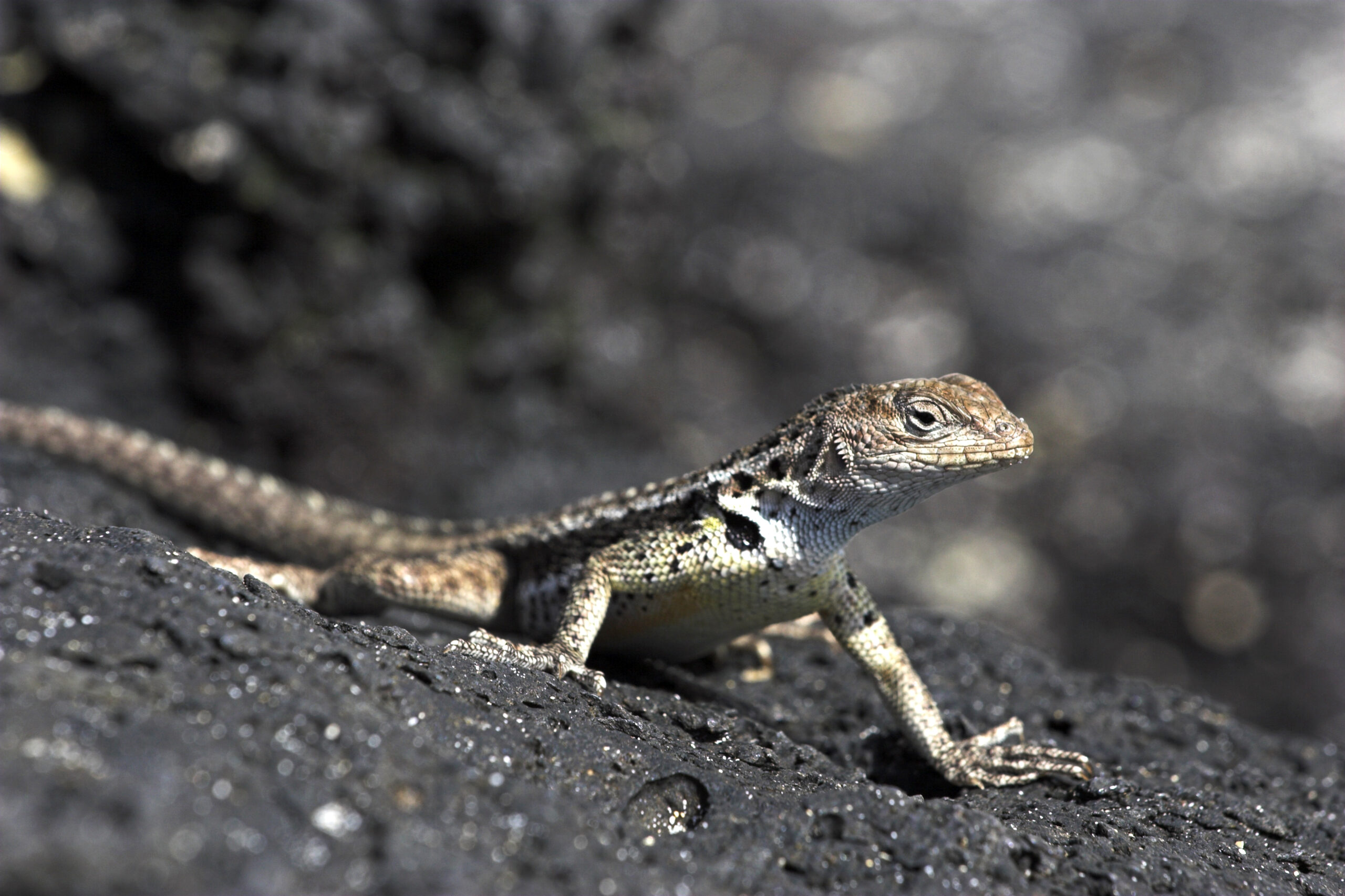
Doing the lizard push-up…
Lava lizards are a common occurrence in Galapagos. It's not unusual to observe them basking in the sun early in the day as they try to warm themselves for a day of hunting.
It’s also not unusual for you to observe them sitting on a rock doing what can only be described as push-ups. But why would a lizard want to do push-ups? Interestingly, this is not part of a daily work out routine, but a way of communicating.
There are seven species of lava lizard in the Archipelago, all of which are endemic, and they occur on all of the major islands except Genovesa. The most common species is Microlophus albermarlensis, which is found on ten of the Galapagos Islands. Growing to an average length of between 15-20 cm (although some males can grow as big as 30 cm), their diet consists primarily of insects, but they will also eat seeds and leaves and there are even records of cannibalism.
Lava lizards are highly territorial. A male’s territory can be up to 400 metres square and may include several female territories within it. Territorial species can display a range of behaviours designed to ward off potential rivals, from visual or vocal displays, to physical fighting. Fighting for any animal can be a costly behaviour. Not only can injuries be sustained which may have serious consequences for survival, it can also be a highly energy demanding practice. This is why many species take to conducting non-aggressive displays before entering into physical conflict with their opponent. Examples of this include roaring contests between red deer stags, claw waving between fiddler crabs, singing contests in many bird species, and croaking in frogs and toads.
As a non-vocalising species, a male lava lizard’s ability to protect his territory without engaging in a fight is limited to visual signals. Fighting does occur between male lava lizards – they ‘slap’ each other with their tail or side and may even take to biting each other – but this is usually reserved as a last resort. They will first adopt a visual display in an attempt to intimidate the intruder. This is the purpose of the push-ups. Doing push-ups brings an intruders attention towards the territory holder and allows one male to assess the size and strength of the other. The intruder will then make a decision to either scurry away or attempt to challenge the other male for his territory. If the latter occurs, a push-up battle may commence, and if this is not enough to settle the dispute, a fight will take place.
So what at first may appear to be a rather comical oddity in these lovable little lizards, doing push-ups is actually a non-injurious display behaviour that has evolved to dissuade conspecifics from physically fighting over territories! How do you think you would do in a push-up contest with a lava lizard?!



